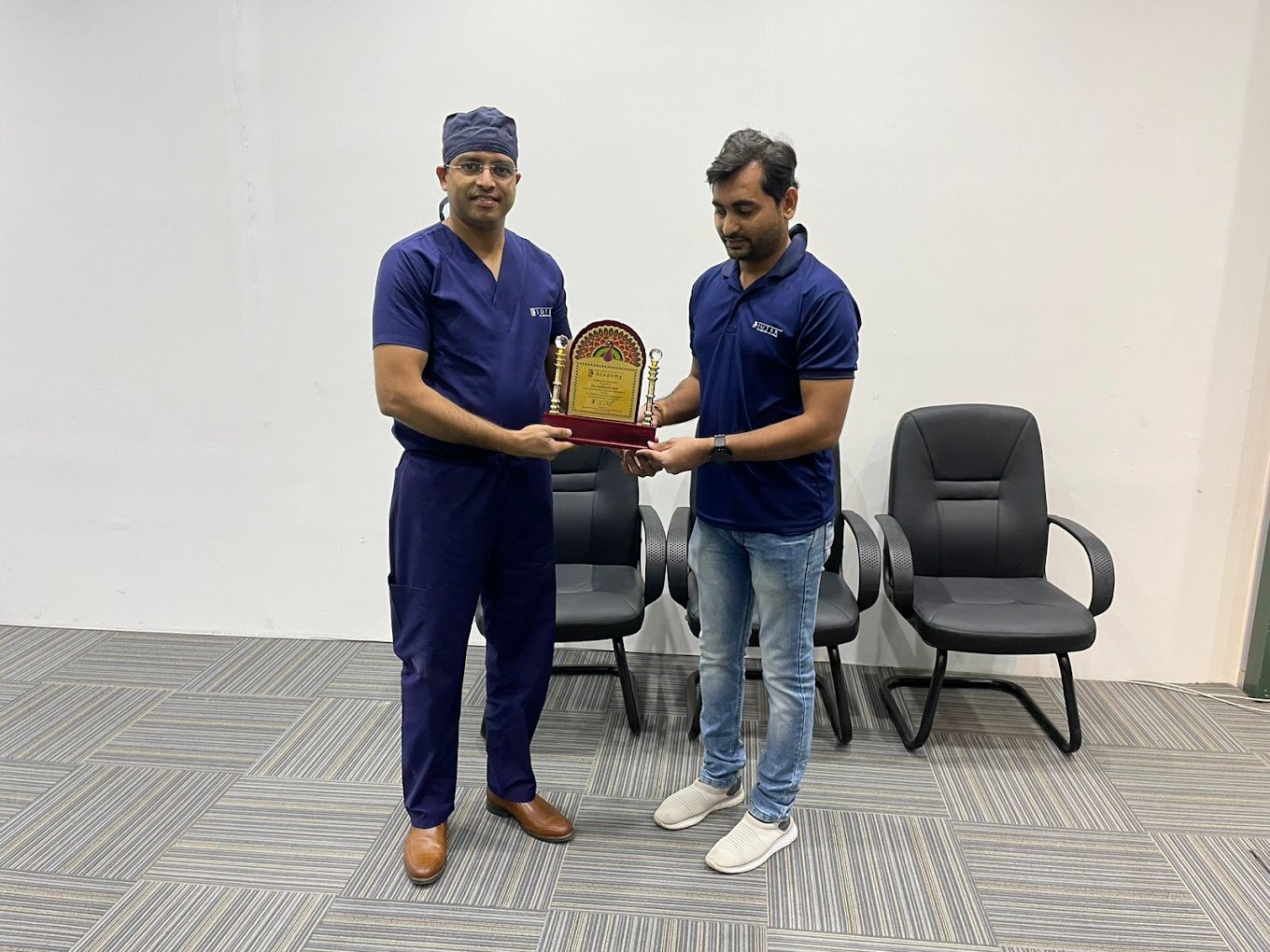In the realm of sports and active lifestyles, knee injuries are prevalent and often unavoidable. Among these, Posterior Cruciate Ligament (PCL) injuries may not be as well-known as ACL injuries but can still significantly impact your mobility and quality of life. This blog will explore what PCL injuries are, their causes, symptoms, and the available treatment options.
What is a PCL Injury?
The Posterior Cruciate Ligament (PCL) is one of the critical ligaments in your knee, connecting the thigh bone (femur) to the shin bone (tibia). It plays an essential role in maintaining the stability of the knee joint. A PCL injury involves a tear or sprain of this ligament, typically resulting from direct impact or twisting movements that stress the knee.
Causes of PCL Injuries
PCL injuries generally occur due to significant force or awkward twists applied to the knee. Common causes include:
- Sports Activities: High-impact sports like football, soccer, and basketball, which involve sudden directional changes, jumps, and collisions, can lead to PCL injuries.
- Car Accidents: During collisions, the knee can strike the dashboard, causing substantial force on the PCL.
- Falls: Direct falls onto a bent knee can also result in PCL injuries.
Symptoms of a PCL Injury
Identifying a PCL injury can be tricky, as symptoms may not be immediately severe. Common signs include:
- Pain and Swelling: Pain, particularly at the back of the knee, and swelling are common indicators.
- Knee Instability: A sensation that the knee is unstable or “giving way” during movement.
- Restricted Movement: Stiffness and reduced range of motion in the knee.
- Difficulty Walking: Pain and instability can make walking or bearing weight on the affected leg challenging.
Diagnosing PCL Injuries
If you suspect a PCL injury, it is crucial to consult a healthcare professional. Diagnosis typically involves:
- Physical Examination: An orthopedic specialist will conduct a thorough examination to assess knee stability and identify the injury.
- Imaging Tests: MRI scans and X-rays can confirm the injury’s extent and rule out other potential problems.
Treatment Options for PCL Injuries
The treatment for a PCL injury depends on the severity of the tear or sprain. Common approaches include:
- Rest and Ice: For minor injuries, resting the knee and applying ice can help alleviate pain and reduce swelling.
- Physical Therapy: Targeted exercises can help strengthen and stabilize the knee, aiding in recovery.
- Knee Braces: Wearing a brace can provide additional support and prevent further injury.
- Surgery: In severe cases, surgical intervention might be necessary to repair or reconstruct the PCL.
Preventing PCL Injuries
While not all injuries are preventable, certain measures can reduce the risk of PCL injuries:
- Proper Training: Ensuring athletes receive proper training in techniques and body mechanics can minimize injury risks.
- Strengthening Exercises: Regular exercises to strengthen the muscles around the knee can enhance stability and support.
- Protective Gear: Using appropriate protective gear in contact sports can help cushion impacts and protect the knee.
Conclusion
Understanding PCL injuries is essential for anyone involved in sports or physical activities. Early diagnosis and appropriate treatment can significantly enhance recovery outcomes. If you experience any symptoms of a PCL injury, don’t hesitate to seek medical advice.
For expert care and treatment, contact Dr. Siddharth Jain at Nagpur Arthroscopy and Sports Injury Centre. With specialized knowledge and experience in treating knee injuries, Dr. Siddharth Jain can help you get back on your feet and back in the game.
Contact Us:
- Phone: +91-83006 79791
- Email: dr.siddharthjortho@gmail.com
- Website: https://drsiddharthjainorthopaedic.com/
- Address: Nagpur Arthroscopy and Sports Injury Centre, 6th Floor, Nikolas Tower, Ramdaspeth, Nagpur
Stay informed, stay healthy, and take care of your knees!








